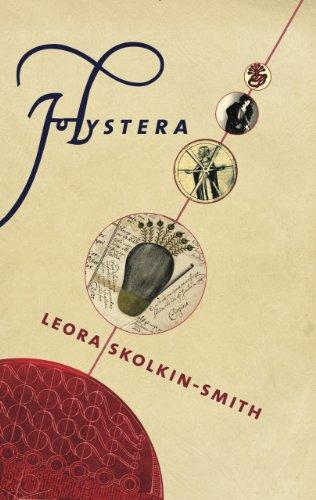
HYSTERA
Set in the turbulent 1970s when Patty Hearst became Tanya the Revolutionary, Hystera is a timeless story of madness, yearning, and identity. After a fatal accident takes her father away, Lillian Weill blames herself for the family tragedy. Tripping through failed love affairs with men, and doomed friendships, all Lilly wants is to be sheltered from reality. She retreats from the outside world into a world of delusion and the private terrors of a New York City Psychiatric Hospital. Unreachable behind her thick wall of fears, the world of hospital corridors and strangers become a vessel of faith.
Set in the turbulent 1970s when Patty Hearst became Tanya the Revolutionary, Hystera is a timeless story of madness, yearning, and identity. After a fatal accident takes her father away, Lillian Weill blames herself for the family tragedy. Tripping through failed love affairs with men, and doomed friendships, all Lilly wants is to be sheltered from reality. She retreats from the outside world into a world of delusion and the private terrors of a New York City Psychiatric Hospital. Unreachable behind her thick wall of fears, the world of hospital corridors and strangers become a vessel of faith. She is a foreigner there until her fellow patients release her from her isolation with the power of human intimacy. How do we know who we really are? How do we find our true selves under the heavy burden of family and our pasts? In an unpredictable portrait of mental illness,Hystera penetrates to the pulsing heart of the questions.
- Fiction Std
- Paperback
- November 2011
- 194 Pages
- 9781936558186
About Leora Skolkin-Smith
Leora Skolkin-Smith was born in Manhattan in 1952, and spent her childhood between Pound Ridge, New York, and Israel, traveling with her family to her mother’s birthplace in Jerusalem every three years. She earned her BA and MFA and was awarded a teaching fellowship for graduate work, all at Sarah Lawrence.
Praise
“In language with the wild power of accuracy, Hystera maps a path through the landscape of trauma and illness, the feverish news of the seventies, and a character’s own indelibly vivid imagery of alarm and comfort. An eye-opening novel."—Joan Silber, author of Ideas of Heaven: A Ring of Stories, finalist for the National Book Award
“Hystera is a haunting, mesmerizing story of madness, longing and identity, set against one of the most fascinating times in NYC history. Skolkin-Smith’s alchemy is to inhabit her characters even as she crafts a riveting story that is nothing short of brilliant.”—Caroline Leavitt bestselling author of Pictures of You
“Inside a psychiatric ward in the 1970s, Leora Skolkin-Smith’s Hystera takes you on a ride through the wilderness of a young woman’s emotional trauma and breakdown, and seizes upon the intricacies of mental health, our phobias, and fears around it. Brilliantly envisioned, this story of passion, and familial dysfunction, bears witness to an exquisite reknitting of a young woman’s soul, told in language that is brave, startling and ultimately tender and wise.”—Jessica Keener, author of Night Swim
“Leora Skolkin-Smith’s new novel, Hystera, provides a very vivid sense of being in the head of someone having a psychotic breakdown, and is a powerfully useful reference book for dealing with the mental-health system. It also pungently evokes the gritty New York of the ’70s.”—Robert Whitcomb, reviewer The Providence Journal
Discussion Questions
Why do you think the author chose to set the story in the 1970’s, when pharmaceutical anti-depressants and other psychotrophic drugs had not yet been invented?
Is Lilly’s “Delusion”, the “Bulb”, a metaphor for her state of inner chaos or is it intended to be taken literally? Or can it be interpreted as both metaphorical and literal?
Why is the ancient art of alchemy central to the novel? How does it reflect the mother’s cultural estrangement in America from her native land of Palestine and introduce meanings to the story which aren’t always explicable, but symbolic?
How does Lilly progress from confusion, terror of intimacy, and withdrawal from the outside world, to a young woman more whole and able to be touched?
What issues around depression, mental illness, and female sexuality did this novel stir up?
Though set many years earlier than our times, how did the era depicted shed light on today’s contemporary understanding of mental illness? Did the absence of quick cures through prozac and other common drugs illuminate the deeper stratas of the psyche often not addressed because of our reliance on easy answers and medications?
What other questions about trauma and intimacy did you feel the novel addressed?
Language is very important in the book, the poetic expressions were often baffling, but why did the author chose to tell this story through language and imagery rather than memoir?
